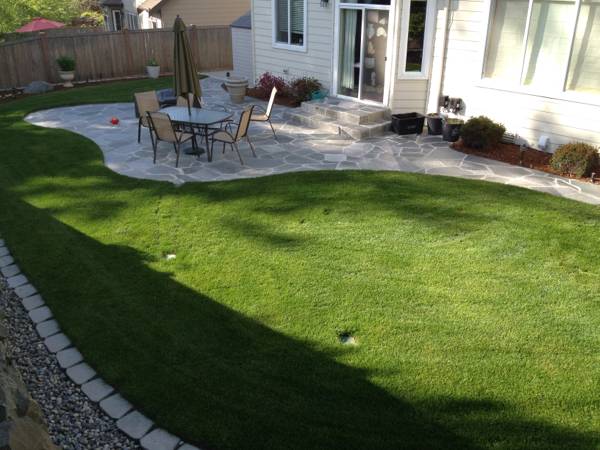
Excess water in your yard can be a pain. Having your basement flood every time you get a heavy rain can be even worse. Inadequate yard draining can keep you from your chores, from enjoying your lawn, or it can even wear away your home’s foundation, causing structural damage. These problems may seem ubiquitous and largely unsolvable, but the reality is a simple landscape installation can dry out your lawn and protect your foundation. A French drain is a simple trench drain that siphons water away from the more important and heavily used areas of your yard. It’s a home improvement gem in that it’s a simple, economical installation that can reap huge benefits.
Why This is Happening to You
What can be particularly frustrating is when your yard is overrun with water while your neighbor’s yard is just fine. There are several contributing factors to inadequate drainage and some of them may apply to your yard but not your neighbor’s. The two biggest factors are your lawn’s soil content and its lack of contour. When water enters your lawn it sinks into the soil and displaces the air, pushing it up. Heavy, compacted clay may contain a significantly less amount of air to displace, causing water to crest above the surface of your lawn much more easily.
The ability of water to move around your lawn also greatly increases its ability to effectively drain. If your neighbor’s lawn is above yours his or her rain water can be feeding into your lawn. Meanwhile, if you have a mostly level lawn, that water is just going to sit there. When these two factors are working together, they are simply waiting for the next heavy rain to turn your lawn into a swamp.
Ready to start your French drain?
Find ProsHiring a Contractor
The installation of a French drain is a little more complicated than digging a ditch and laying down pipe. You need to make sure you have a consistent slope for the drain to work. You also need to make sure you lay down washed gravel underneath and above the pipe.
The complicated part of a French drain isn’t the installation work, it’s the knowledge of where to dig the ditch to make sure the drain is effective. To dry out your lawn, for example, you should start at the highest point of your lawn and run the trench down to the lowest point. However, this type of trench drain won’t protect your foundation. A linear drain that acts like a moat may need to be installed around your foundation. Depending on how level your lawn is, a series of trenches may need to be dug to effectively drain your lawn.
Ideally, your trench drain should extend to a lightly used area of your lawn that has a more sand-based soil. Your situation may make this impractical. Plus, if your drain extends anywhere close to a neighbor’s property, you should consult a professional before you simply run all your water off into your neighbor’s lawn.
French Drain Cost
How much does a french drain cost? Expect to pay about between $50 to $60 per linear foot for the drain. French drain repair usually involves hydrojetting the system to flush clogs caused by debris or build up; this can cost $150 and $200 per hour.
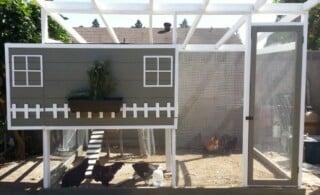 Raising Chickens at Home
Raising Chickens at Home 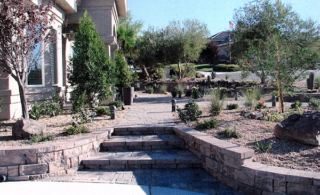 Xeriscaping: Environmentally Wise Landscaping
Xeriscaping: Environmentally Wise Landscaping 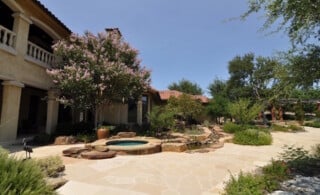 Mature Tree Care and Tree Removal
Mature Tree Care and Tree Removal  Landscape Your Yard with Raised Bed Gardening
Landscape Your Yard with Raised Bed Gardening 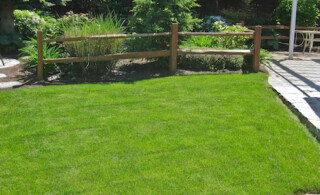 Lawn Irrigation: The Fast Track to Healthy Grass
Lawn Irrigation: The Fast Track to Healthy Grass 

Are You Familiar With This Topic? Share Your Experience.